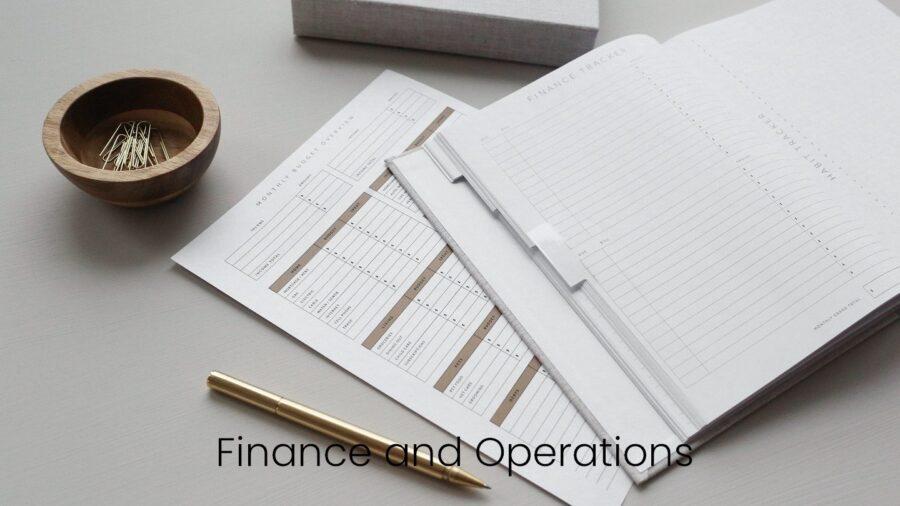The Hardware Startup Trap - Part 1
The Most Common Mistake most first-time entrepreneurs make when building a hardware startup (and how to avoid it)
Building a hardware startup for first time entrepreneurs can be tough with the process involving many moving parts and pieces. Hardware ventures in particular have larger cash flow gaps compared to software, which means there can be longer stretches between large upfront costs (required for contract manufacturers, suppliers, and channel distribution partners) and receiving cash from customer sales to replenish the reserves.
29% of companies fail because they run out of money
The most common mistake founders make, is producing forecasts that look like income statements where the costs and the revenues nicely match, - but real life does not look like this. In reality, there is a huge gap between cash flowing out the door to make, produce, and sell your product, and cash flowing in from sales. What might look like explosive growth on an income statement might not be taking into account that you no longer have the cash to keep the business running.
So, how can your startup keep cash management front of mind during the product development process?
Plan for cashflow gaps in advance
Cash flow gaps are the time between spending and getting paid. You might not be able to predict exactly when money will be coming in or going out but consider the main issues around timing and payment terms with suppliers.
Ask These Questions
Burn Rate and Market Timing
- How quickly do you want to get to market in relation to your burn rate? - Remember that if it takes one or two months longer to get to market than anticipated, you will need to take these month’s expenses into the cash flow equation.
- What will it look like if we can go to market in 6 months? - Consider if this is delayed to 12 months. Will you still have enough working capital to survive that cash flow gap? Make a plan for that now.
- Is there a way to pay more and get to market faster? - Make sure you accommodate cashflow and burn rate in this analysis
Supply Chain Payment Terms
- What are the payment terms for your suppliers? - With small quantities and no track record, they might require you to pay the entire balance up front.
- What percentage of the total payment do you have to pay up front? - Try to negotiate a deal where you can spread out payments or to pay on delivery rather than paying on order.
- What are the payment terms for your channel distribution partners? - If their terms are 30, 60 or 90 days this will dramatically affect cash reserves and influence your sales strategy.
Inventory
- How much inventory do you have to hold and how long for? - Can you shorten the time between the product sitting in the warehouse and getting paid for it?
Keeping cash flow management as a priority is crucial to ensuring you have enough resources to fuel your business, so building a robust cash flow forecast is an essential step to avoiding painful surprises and running out of cash.
The Startup Trap Part 2 - coming soon.
Stay tuned for "6 Steps to building a robust cashflow forecast for your hardware startup"
If you would like to know how to undertake sensitivity analysis - 'the secret ingredient in startup financial projections' check out the latest blog from Michael Nguyen
